Today’s newsletter will be a brief one – I just returned (yesterday) from a 10-day trip to southwestern Utah in the U.S., and it was a wonderful, exhausting, exhilarating whirl of a trip. I have a ton of things to catch up on and read and clothes to wash, so I thought I’d just share a couple interesting finds I made along the way concerning…
What can kill you in the desert?
Andrew and I have a history of coming close to major injury on many of our trips (like almost sinking our boat, accidentally diving with barracuda, head injuries, etc.) so I was pleasantly surprised that the worst that happened this time was some blisters and a few instances of getting lost. Little did I know, this morning-glory-looking plant in the Arches National Park parking lot could have done us in:
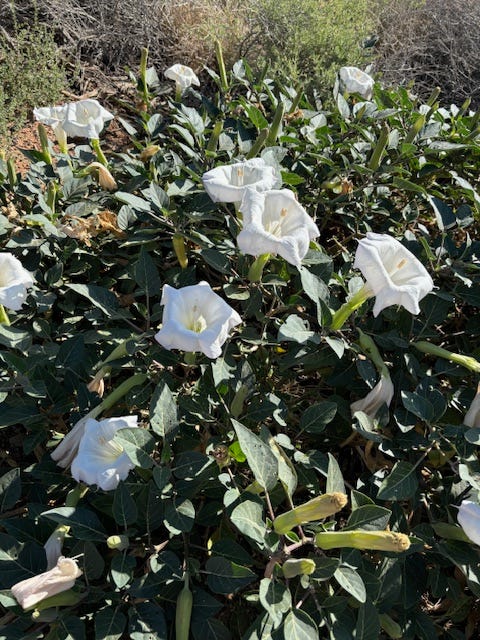
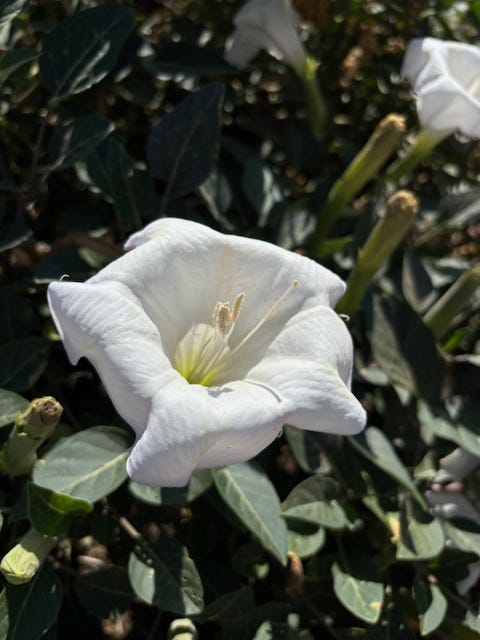
It’s called Sacred Datura and is a poisonous plant of the nightshade family. It’s found in dusty washes up to 6,000 feet in elevation and is pollinated by the hawkmoth at night. Ingesting the plant causes hallucinations and can be fatal to humans and animals. The Zuni people used it as a poultice to promote healing and as an anesthetic to help with setting bones and surgeries. Chumash people used it as a rite of passage, giving boys a mixture containing the juices when they were 8 years old to help them enter into manhood. Not all of the boys survived the ceremony.
You may recognize them as some of the flowers Georgia O’Keeffe painted in exquisite detail. It is currently used recreationally to induce hallucinations, though dosing is difficult to regulate and often causes vomiting, so overall, not a pleasant experience.
This midget faded rattlesnake made himself known when Andrew almost stepped on him while we were watching the sunset near Moab. He scurried off quickly, unhappy to have been disturbed during his prime hunting time, and we scurried off in the opposite direction.
The southwestern desert has quite a few rattlesnakes, including sidewinders, Mojave, and prairie rattlesnakes. The one we found was probably an older adult because it had many rattles (we didn’t squat down to count them) which indicates he’d shed many times. The older the midget faded rattlesnakes get, the more faded their patterns, until they become hard to distinguish from the desert sand.
Midget faded rattlesnakes have some of the most potent venom of the desert snakes, even more venomous than cobras. Glad we didn’t know that at the time…


OK, cactus won’t kill you, but I can attest that it doesn’t feel good to get stuck by one. We tried taking a “shortcut” that turned into a “longcut” that put us on top of a ridge requiring bushwhacking back to the car through cacti. The only danger from cacti is possible infection and injury to your ego.
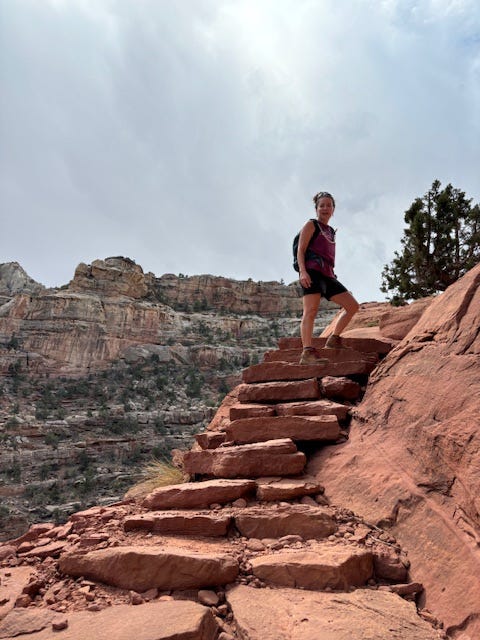
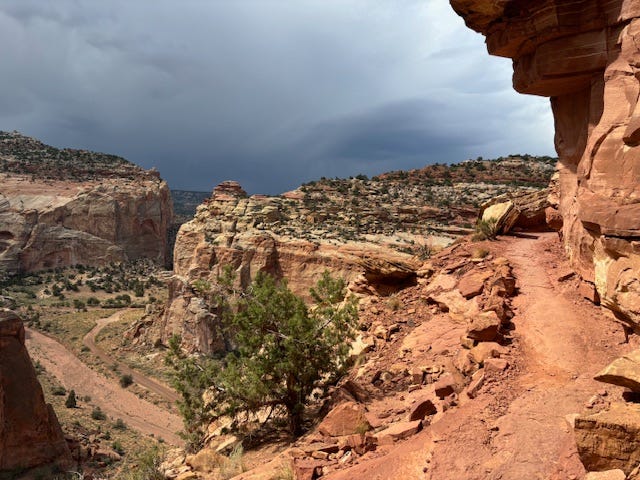
Finally, another way you COULD die is by falling off a cliff. Of which there are many opportunities in the southwest with so many canyons and rock outcroppings. About 10% of deaths in national parks are due to falls, with many more people dying from drowning or vehicle crashes. The National Park Service reports that 325 million people visit U.S. parks and only an average of 243 people die each year. So, as scary and exposed as some of the trails seem, the numbers of people actually dying is relatively small.
Honestly, the exposure of some of the trails we hiked was part of what made it so exhilarating. I’m glad the parks are not overly-sanitized and are keeping wild places wild.

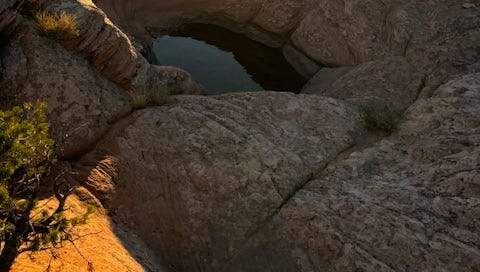



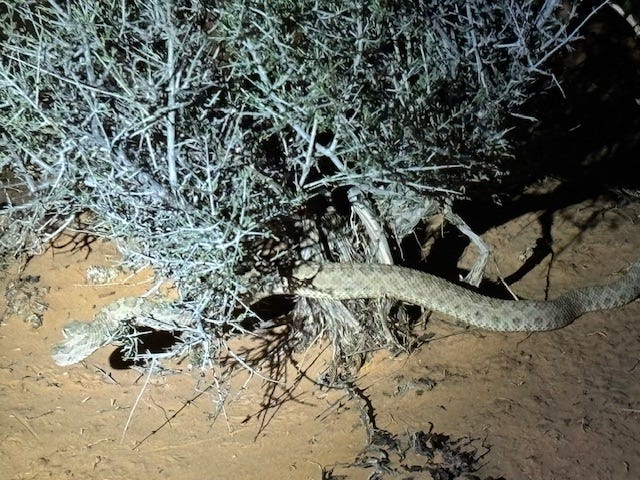
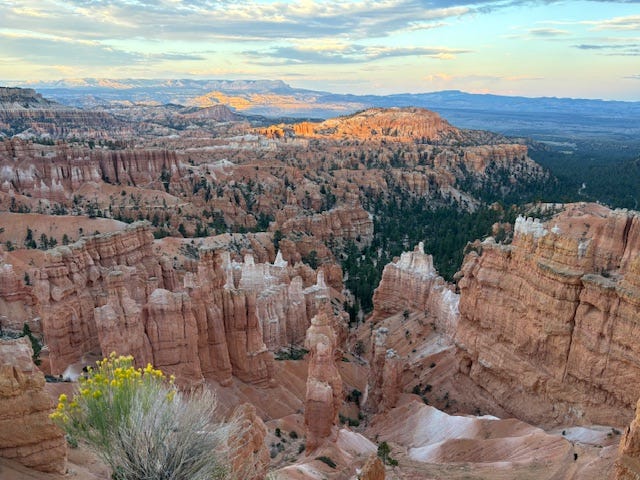
Datura is trickier than it seems, even if you know it's poisonous. I wrote an essay about it. You can find it here: https://waltertschinkel.substack.com/p/pick-your-poison.
There was a situation in Australia within the last couple of years where people were getting sick from eating bagged spinach. The culprit was almost certainly a Datura species growing as a weed in spinach fields - the young leaves of the two do have a superficial resemblance if you aren't paying attention.
I love Capitol Reef and the Utah desert. I haven't been to the other parks but I love desert landscapes.